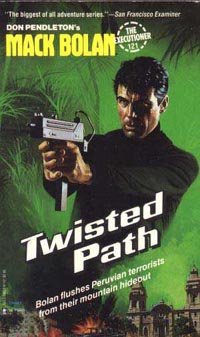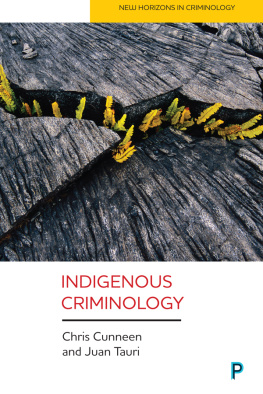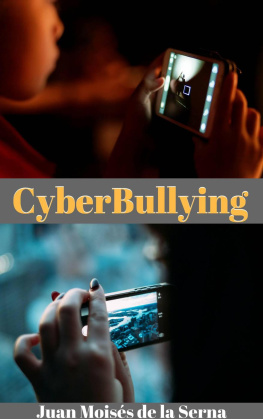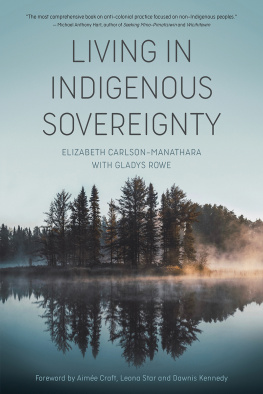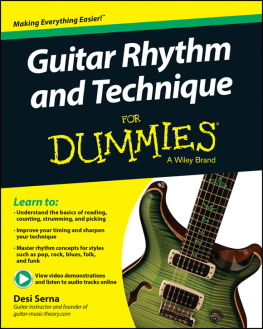ACKNOWLEDGMENTS
Latin American history was pretty low on my list of priorities during my youthI was much more concerned with getting Jillian Joy Brogdon to laugh at my jokes. I can still remember getting hand cramps in high school while taking notes in Liz Guyers World History class, or struggling to make sense of Latin American literature in Juan Amezcuas Advanced Spanish. I was unaware at the time that Ms. Guyer and Sr. Amezcua were introducing me to the themes around which I would build my career. The same goes for my undergraduate professors at the University of California, Davis. Without even knowing it, professors Alan Taylor and Charles Walker set my career in motion with their inspirational lectures. But it was Arnold Bauer, Clarence Walker, and Stefano Varese who recognized my potential and encouraged me to pursue a career as a historian of Latin America. I thank each of these teachers and mentors for sparking the initial fire that led to the writing of this book.
I consider myself most fortunate to have counted on not one but several dedicated mentors every step of the way. First and foremost is Christine Hnefeldt, an outstanding mentor in every sense of the word, and one whose intellectual depth is matched only by her kind spirit. Michael Monten exhibited tremendous patience and offered essential guidance during the early stages of this project, and whatever I have achieved through my research and writing is a direct reflection of his initial involvement. The same goes for Everard Meade, who instructed me in the craft of writing. My friend and colleague Kathryn Burns graciously advised me during my latter stages of writing and continues to be a source of intellectual support. And although our studies vary drastically in terms of time and place, my work has benefited tremendously from Eric Van Youngs vast scholarship, expertise, and gracious tutelage with respect to indigenous peasant mobilization and culture. As my own work began to take an ethnographic turn, it was Nancy Postero who, in addition to overseeing my research and writing, exposed me to a whole new world of methodologies, theories, studies, and contacts in the field of anthropology. Simply put, Professor Postero is a talented teacher, innovative researcher, and dedicated mentor. Finally, I can say with confidence that this book would not be half of what it is were it not for the selfless mentorship of Orin Starn. In addition to being involved in literally every stage of this project, Professor Starn offered the most thought-provoking, constructive manuscript critiques that I have ever read.
Other colleagues offered varying degrees of assistance, for which I am most grateful. I would be remiss not to thank Latin Americanist bibliographers Karen Lindvall-Larson and Teresa Chapa, who in addition to helping me locate important sources in the United States, acquired microfilm of the Gustavo Gorriti Collection on the Peruvian Insurrection (aka Documenting the Peruvian Insurrection) from Princeton University so that I and others could have access to a rich archival source on the Shining Path years. I am also indebted to Mara Elena Garca, Billie Jean Isbell, Kimberly Theidon, and Caroline Yezer for tolerating my early queries about Ayacucho and Shining Path. I particularly would like to thank Ponciano Del Pino, Jaymie Heilman, Cecilia Mndez, and Charles Walker for their advice and critiques at various stages of this project. Many of them, in addition to Susan E. Ramrez and Brandon Williams, commented on portions of the text. Finally, I am grateful to my friends and colleagues Zach Brittsan, John Chasteen, Lloyd Kramer, Stephanie Moore, Jess Perez, Cynthia Radding, Adam Warren, Todd Welker, Chris Wisniewski, and especially Louis Prez Jr. and Joe Glatthaar, for enriching this project with their continued dialogue, support, and encouragement.
But it was my Peruvian contacts who most directly impacted my research. I benefited from conversations with Ivn Caro, Carlos Contreras, Alejandro Chan Coronado, Jos Luis Igue, Rodrigo Montoya, Rosario Narvez, Raquel Palomino, and Mart Snchez Villagmez at various stages of my research. I especially thank Oscar Medrano for graciously furnishing me his iconic photography, which has enriched this book beyond description. Additionally, I am grateful to Nilda Guilln, Freddy Taboada, and Luis Uriategui for their hands-on orientation to Ayacuchos people, culture, and language, and especially to Ponciano Del Pino, who had a hand in virtually every stage of my research and writing. Likewise, Julin Berrocal and Alberto Tucno of the Centro de Investigacin Social de Ayacucho (CEISA) not only oriented me in Ayacuchos political landscape but also charitably served as my research assistants for my ethnographic work in my two field sites of Huaychao (Julin) and Chuschi (Julin and Alberto). Any richness in my ethnographic fieldwork or oral history is a direct reflection of Alberto and Julins cultural sensitivity, academic intuition, and industrious work ethic. Thanks also to Adela and Cipriano Lpez, Freddy and Abel Cisneros, Delia Martnez, and Abel Maygua, who went out of their way to make me and my family comfortable in Ayacucho City. Most of all, I thank the authorities and villagers of Chuschi and Huaychao, who welcomed me into their communities and homes and shared their life histories. I especially would like to thank Leandro Huamn (Huaychao) and Marcelino Carhuapoma (Chuschi) for inviting Julin, Alberto, and me to stay in their homes during our visits.


